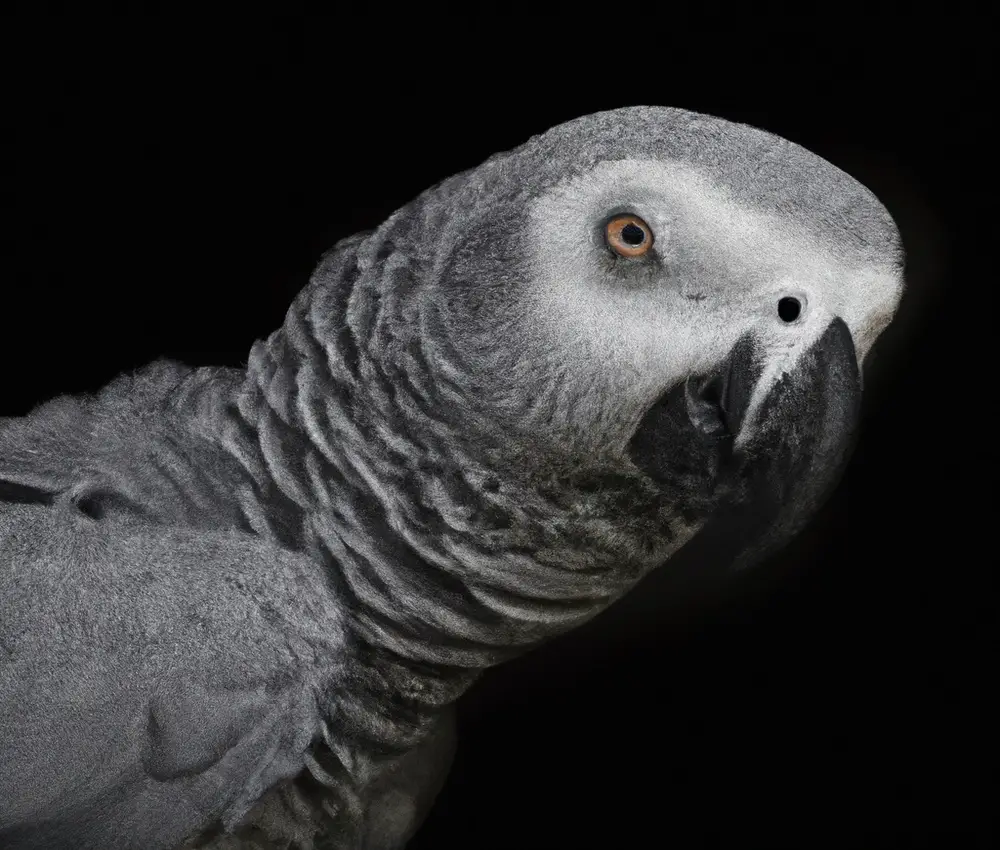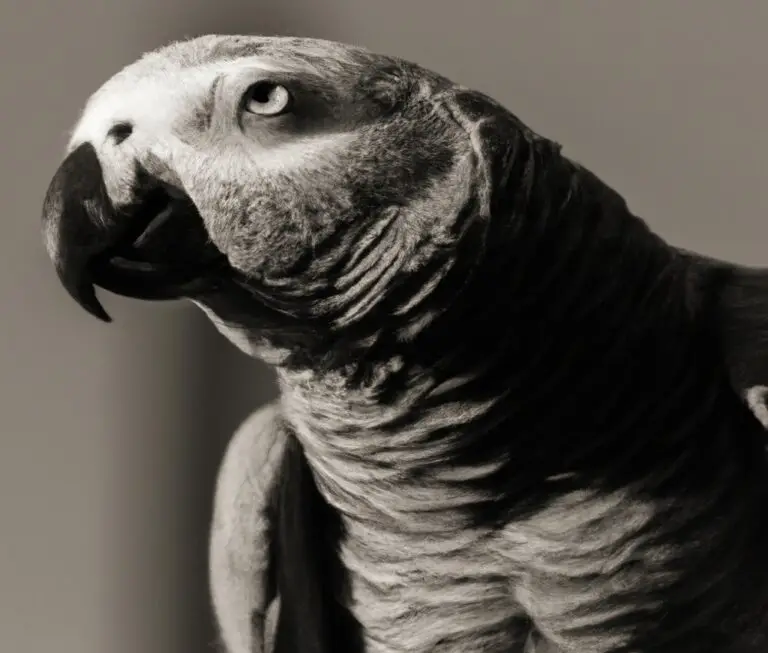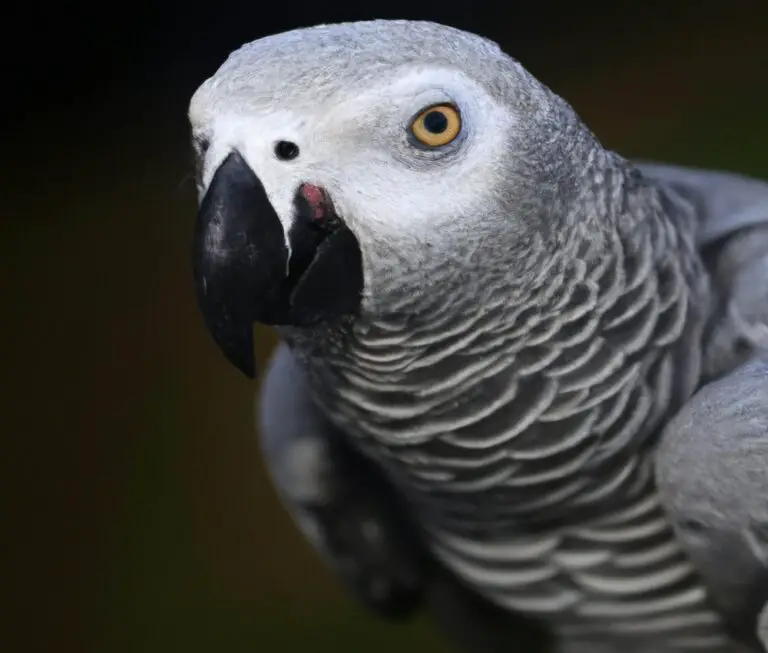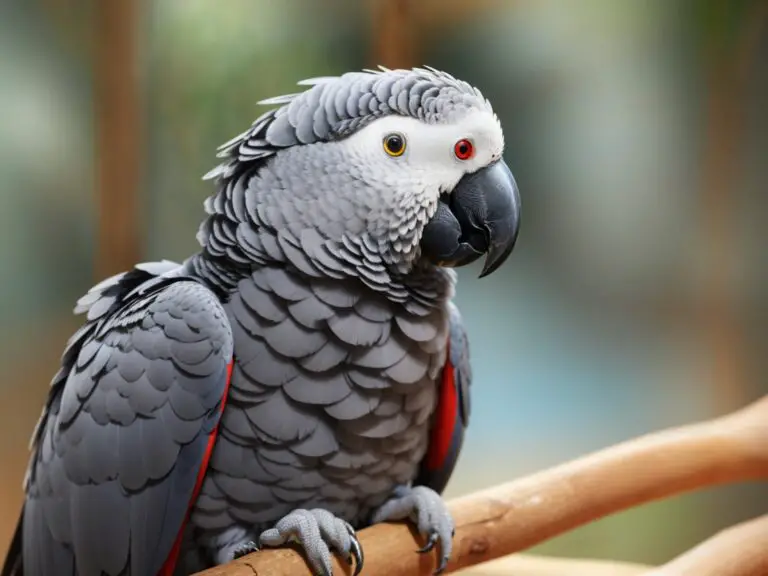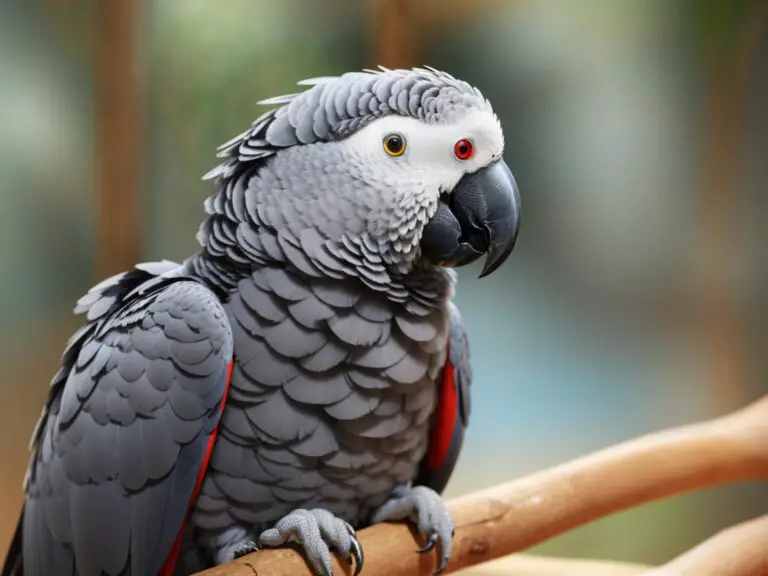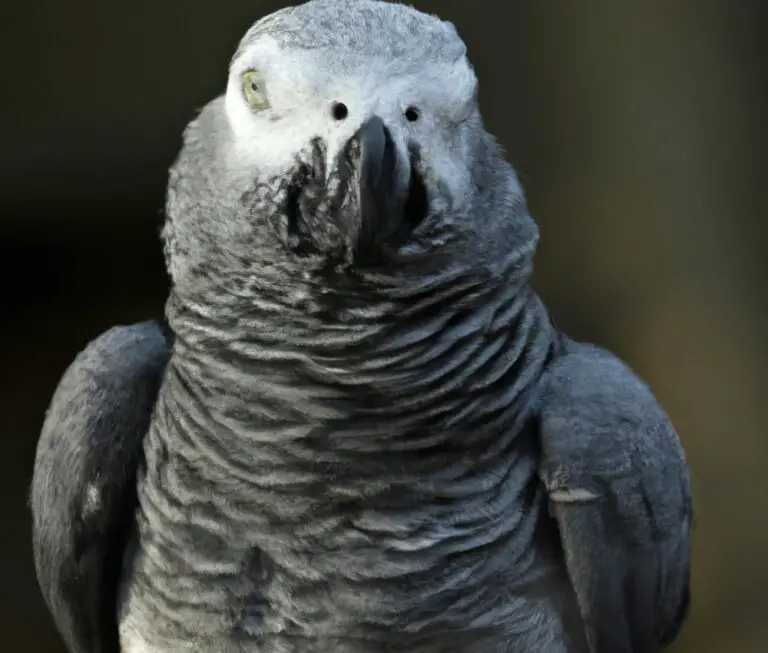What Are The Different Color Mutations In African Grey Parrots?
Key Takeaways:
- African Grey Parrots can exhibit various color mutations, including cinnamon, pied, and silver.
- These color mutations result from genetic variations that affect the production of melanin in the bird’s feathers.
- Color mutations in African Grey Parrots do not impact their intelligence or ability to mimic sounds.
- The popularity of specific color mutations can vary among bird enthusiasts, with some mutations being more sought-after than others.
Welcome to the fascinating world of African Grey Parrots! These magnificent creatures have captivated bird lovers around the world with their intelligence and beauty.
Today, I want to dive deep into the topic of color mutations in African Grey Parrots.
Did you know that these incredible parrots can exhibit a variety of stunning colors beyond their traditional grey?
From vibrant blues to striking whites, pied patterns to shimmering silvers, these color mutations add a whole new level of uniqueness to these already remarkable birds.
In this article, we’ll explore the different color mutations, their genetic factors, care requirements, breeding considerations, health issues, and much more.
So, let’s get started on this colorful journey together!
| Color Mutation | Description |
|---|---|
| African Grey Parrot – Wild Type | The natural coloration of African Grey Parrots. They have mostly grey feathers with white around the eyes and red tail feathers. |
| African Grey Parrot – Pied Mutation | These parrots have a mix of grey and white feathers. The white feathers can vary in size and distribution. |
| African Grey Parrot – Cinnamon Mutation | These parrots have a lighter brownish coloration compared to the wild type. The coloration can range from light to dark cinnamon. |
| African Grey Parrot – Silver Mutation | These parrots have a lighter silver coloration compared to the wild type. The feathers have a silvery sheen. |
| African Grey Parrot – Lutino Mutation | These parrots have a yellow or gold color instead of the typical grey. The eye color is usually lighter compared to the wild type. |
Color Mutations in African Grey Parrots
Color mutations in African Grey Parrots result in variations of their natural plumage colors.
Genetic factors influencing color mutations
Genetic factors play a significant role in color mutations in African Grey Parrots. These mutations occur due to alterations in the bird’s DNA, specifically in the genes that control pigmentation.
Different mutations can lead to variations in feather color, such as the blue, white, pied, and silver mutations.
When breeding these color mutants, it is essential to understand the inheritance patterns and select suitable breeding pairs to maintain and enhance these mutations.
Blue mutation in African Grey Parrots
The Blue mutation in African Grey Parrots is a genetic variation that affects the coloration of their feathers. In this mutation, the normal gray plumage of the African Grey turns into a beautiful blue shade, enhancing their overall appearance.
Blue African Grey Parrots have a unique and striking coloration that sets them apart from other color variants.
This mutation is highly sought after by bird enthusiasts and collectors due to its aesthetic appeal. However, it’s important to note that the Blue mutation does not impact the bird’s behavior or temperament.
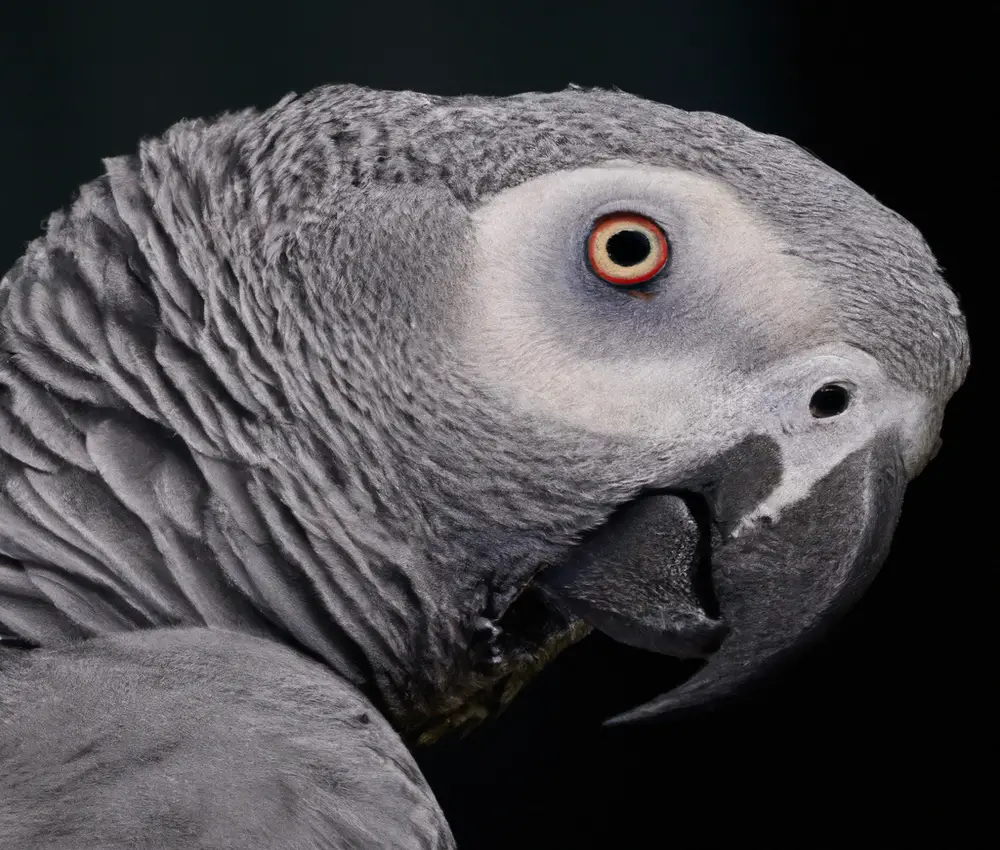
White mutation in African Grey Parrots
The white mutation in African Grey Parrots is a genetic variation that affects the pigmentation of their feathers. These parrots have predominantly white feathers, with some grey or black markings.
It is a rare mutation and is highly sought after by enthusiasts.
White African Grey Parrots require the same care and attention as their wild-type counterparts. They are known for their intelligence, talking ability, and sociability.
However, due to their unique coloration, they may require extra protection from the sun and potential predators.
Regular veterinary care is essential to ensure their overall health and well-being.
Pied mutation in African Grey Parrots
The Pied mutation in African Grey Parrots is characterized by patches or spots of white or lighter-colored feathers on the bird’s body. These patches can vary in size and location, and each individual Pied African Grey Parrot may have a unique pattern.
It is a visually striking mutation that adds a unique and beautiful feature to the bird’s appearance.
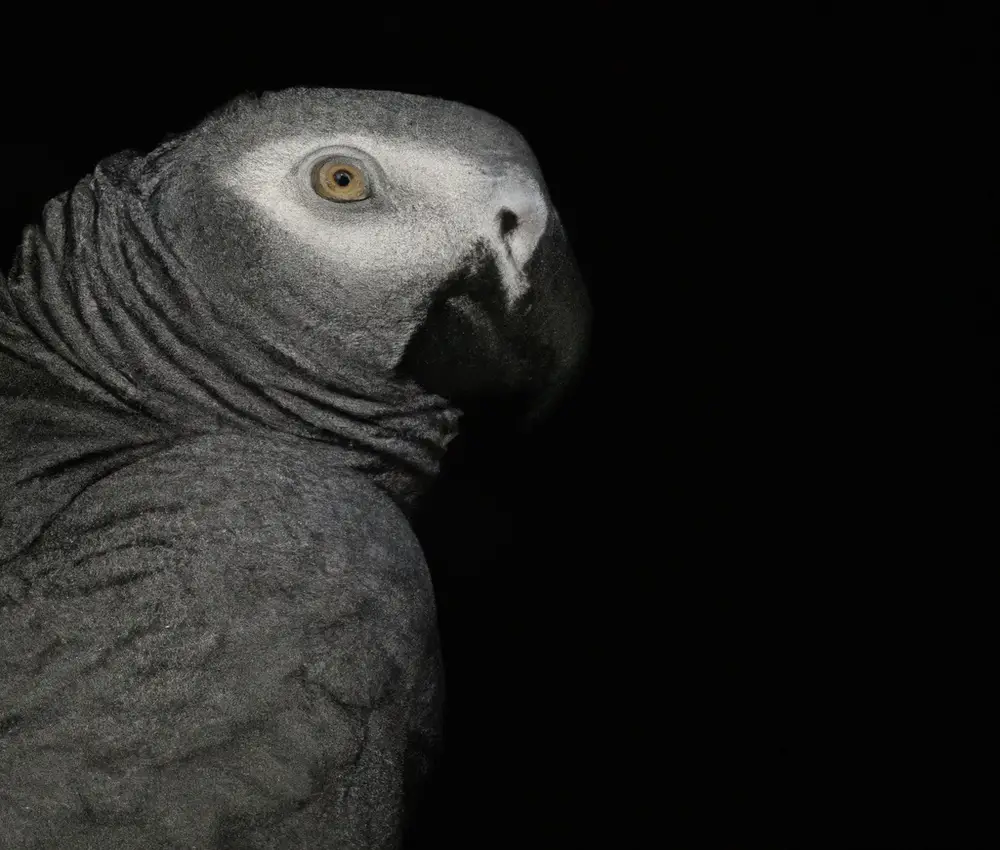
Silver mutation in African Grey Parrots
The Silver mutation in African Grey Parrots is a genetic variation that affects the bird’s feather coloration.
It results in a lightening or dilution of the bird’s natural gray plumage, giving it a silvery or pearl-like appearance.
The mutation is recessive, meaning that both parents must carry the gene for it to be expressed in their offspring.
Silver African Grey Parrots are highly sought after for their unique and striking appearance.
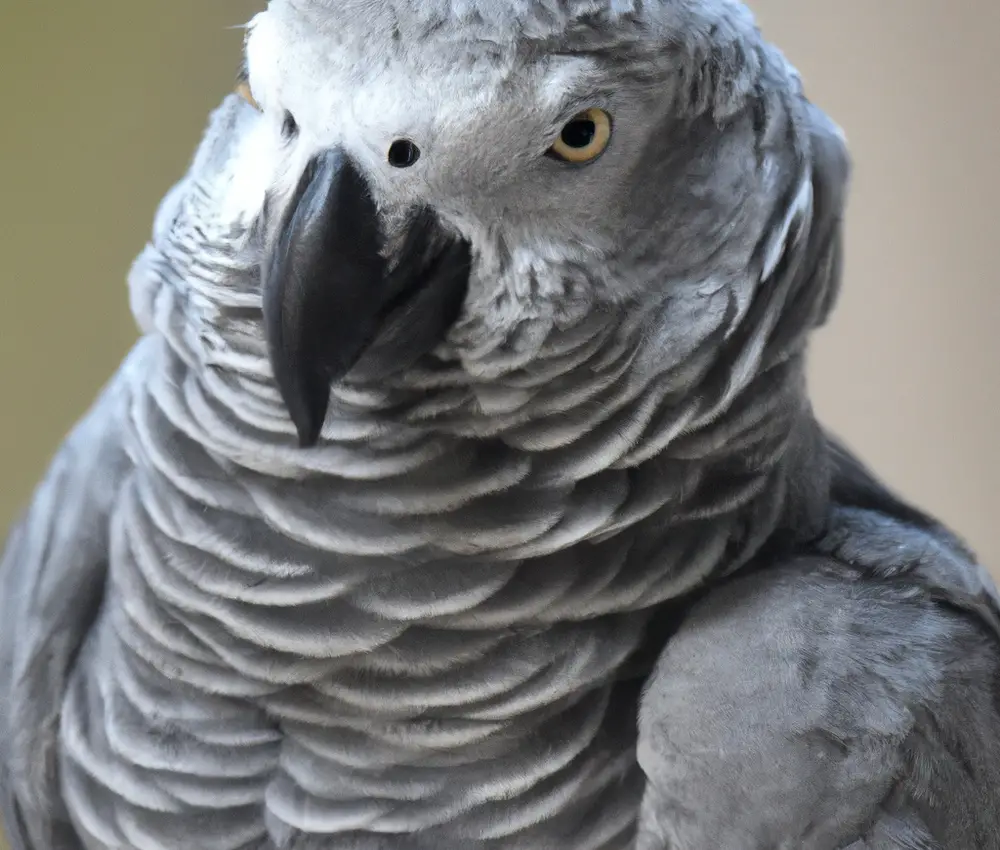
Care and Maintenance of Color Mutations
Taking care of color mutant African Grey Parrots involves special considerations, a recommended diet, and specific housing requirements.
Special considerations for caring for color mutant African Grey Parrots
Special considerations for caring for color mutant African Grey Parrots include providing a proper diet that meets their specific nutritional needs, ensuring a suitable housing environment, and monitoring their health closely.
It is also important to understand the inheritance patterns of color mutations and seek advice from avian veterinarians with experience in treating these unique parrots.
Recommended diet for color mutant African Grey Parrots
The recommended diet for color mutant African Grey Parrots should include a variety of fresh fruits, vegetables, and high-quality pellets. Offer a mix of different colored fruits and leafy greens for nutritional variety.
Avoid feeding them foods that are high in fat, sugar, or salt.
Fresh water should always be available.
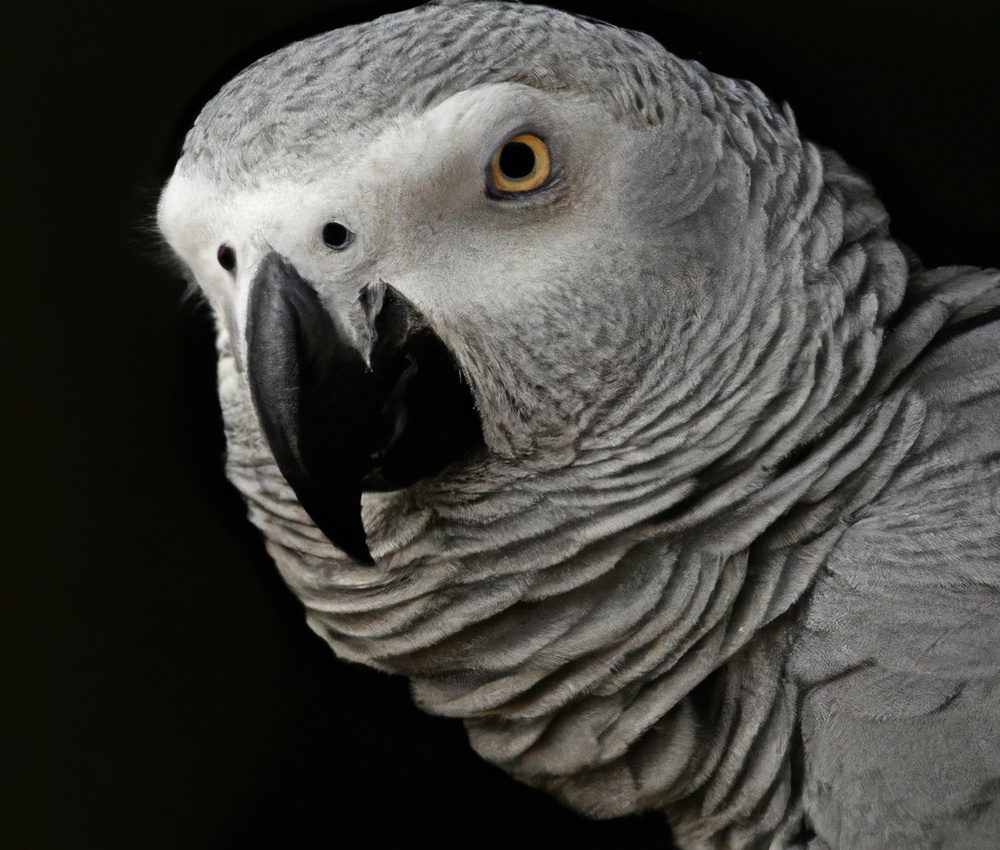
Housing requirements for color mutant African Grey Parrots
Color mutant African Grey Parrots have the same housing requirements as wild-type African Grey Parrots. They need a spacious cage with plenty of room to move around, stretch their wings, and climb.
The cage should have a minimum size of 36x24x48 inches.
It should also contain perches of different sizes, toys for mental stimulation, and a sturdy food and water dish. Adequate ventilation and temperature control are important for their wellbeing.
Regular out-of-cage time is crucial for their physical and mental health.
Additionally, providing a quiet and stress-free environment will help color mutant African Grey Parrots feel safe and comfortable in their living space.
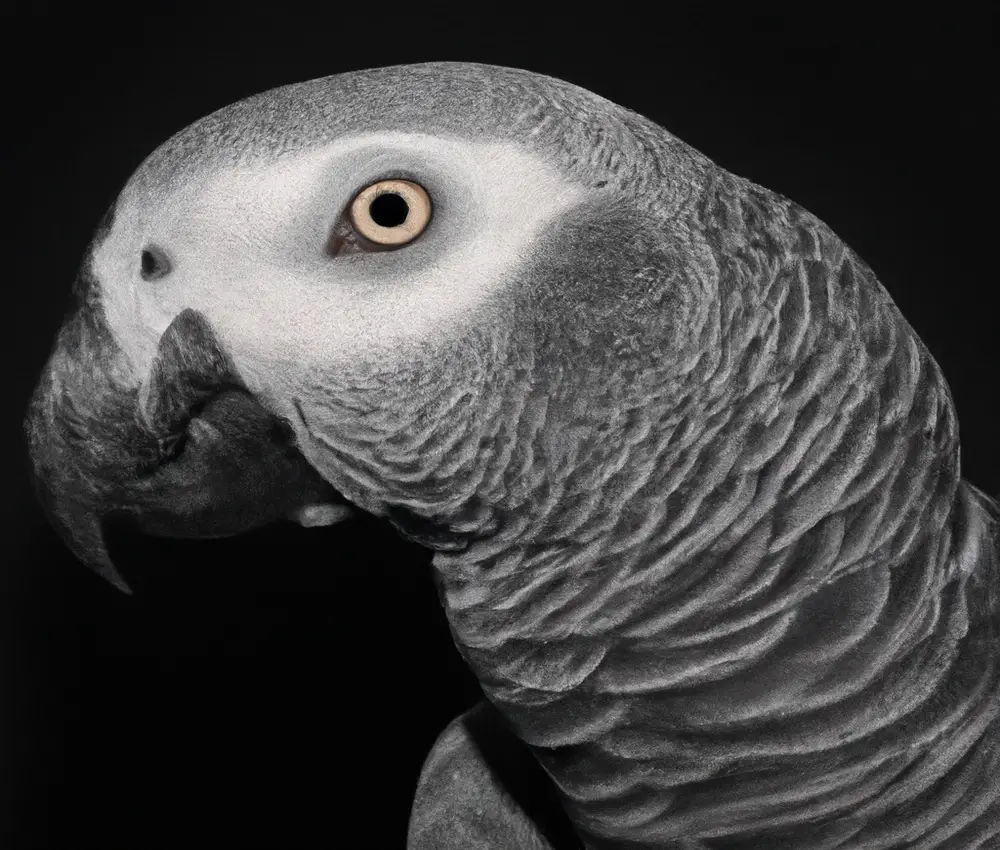
Breeding and Genetics of African Grey Parrot Color Mutations
When breeding African Grey Parrots for color mutations, it’s important to understand the genetics and inheritance patterns involved.
Understanding the inheritance patterns of color mutations
Understanding the inheritance patterns of color mutations is essential for breeders and enthusiasts of African Grey Parrots.
Color mutations can be passed down from parent to offspring through specific genetic mechanisms.
These patterns can be classified as either dominant or recessive, determining how likely a mutation is to be expressed in the offspring.
Dominant mutations only require one copy of the mutated gene, while recessive mutations need both copies to be mutated.
Breeders use this knowledge to select specific breeding pairs to produce desired color mutations.
Breeding challenges and considerations for color mutant African Grey Parrots
Breeding color mutant African Grey Parrots can present some challenges and considerations.
It’s important to select breeding pairs carefully and understand the inheritance patterns of color mutations.
Health issues may be more common in mutant parrots, so proper veterinary care is crucial.
Some birds may have reduced fertility or difficulty raising chicks.
Providing a proper diet and suitable housing is essential for their well-being.
Breeding color mutant African Grey Parrots requires patience, knowledge, and attention to their unique needs.
Health and Common Issues in Color Mutant African Grey Parrots
Color mutant African Grey Parrots may be prone to specific health issues related to their unique genetic mutations.
Identifying and addressing common health problems in color mutant African Grey Parrots is essential for their well-being.
Health issues specific to certain color mutations
Certain color mutations in African Grey Parrots can be associated with specific health issues.
For example, the blue mutation is known to have a higher risk of feather-related problems such as feather plucking and feather destructive behaviors.
The white mutation, on the other hand, may be more prone to vision problems and sensitivity to bright light.
It is important to be aware of these potential health issues and provide the necessary care and attention for color mutant African Grey Parrots to ensure their well-being.
Proper veterinary care for color mutant African Grey Parrots
Proper veterinary care for color mutant African Grey Parrots is essential to ensure their health and well-being.
It is important to find an avian veterinarian experienced with African Grey Parrots and color mutations.
Regular check-ups, vaccinations, and annual blood tests are crucial.
A balanced diet, proper housing, and observing any changes in behavior or appearance are also important.
Your vet can provide tailored advice and treatments for any specific health issues that may arise.
Frequently Asked Questions
Can color mutant African Grey Parrots breed with wild-type African Grey Parrots?
Color mutant African Grey Parrots can breed with wild-type African Grey Parrots.
As long as both birds are of breeding age and compatible, they can produce offspring.
The resulting offspring may exhibit a combination of traits from both parents, including color mutations.
Are color mutant African Grey Parrots more prone to health issues?
Color mutant African Grey Parrots are not necessarily more prone to health issues compared to their wild-type counterparts. However, certain color mutations, such as the blue mutation, have been associated with higher risk of feather picking and anxiety-related behaviors.
It is important to provide proper care, nutrition, and regular veterinary check-ups to ensure the overall well-being of all African Grey Parrots, regardless of their color mutation.
How do I determine the gender of a color mutant African Grey Parrot?
To determine the gender of a color mutant African Grey Parrot, you will need to rely on DNA testing. Color mutations do not affect the physical characteristics that can be used to determine gender, such as the color of the iris or the size of the head.
DNA testing will provide you with accurate and reliable information about the parrot’s gender.
This can be done through a simple blood test or a feather plucking technique, which will then be sent to a laboratory for analysis. Remember, DNA testing is the most accurate method for determining the gender of any African Grey Parrot, regardless of its color mutation.
Can color mutant African Grey Parrots be shown in avian exhibitions and competitions?
Yes, color mutant African Grey Parrots can be shown in avian exhibitions and competitions.
These unique color variations make them interesting exhibits for bird lovers and enthusiasts.
However, it is important to note that each competition or exhibition may have specific criteria and guidelines for participation, so it is best to check with the organizers beforehand.
Final Verdict
African Grey Parrots can exhibit several color mutations, including blue, white, pied, and silver. These mutations are influenced by genetic factors and can result in stunning and unique plumage variations.
Caring for color mutant African Grey Parrots requires special considerations, including a balanced diet and suitable housing.
Breeding color mutants requires careful selection and understanding of inheritance patterns. Additionally, color mutant African Grey Parrots may have specific health issues that need to be addressed.
It is important to provide proper veterinary care and monitor their overall health.
Overall, color mutations in African Grey Parrots add to the beauty and diversity of these already fascinating birds.

